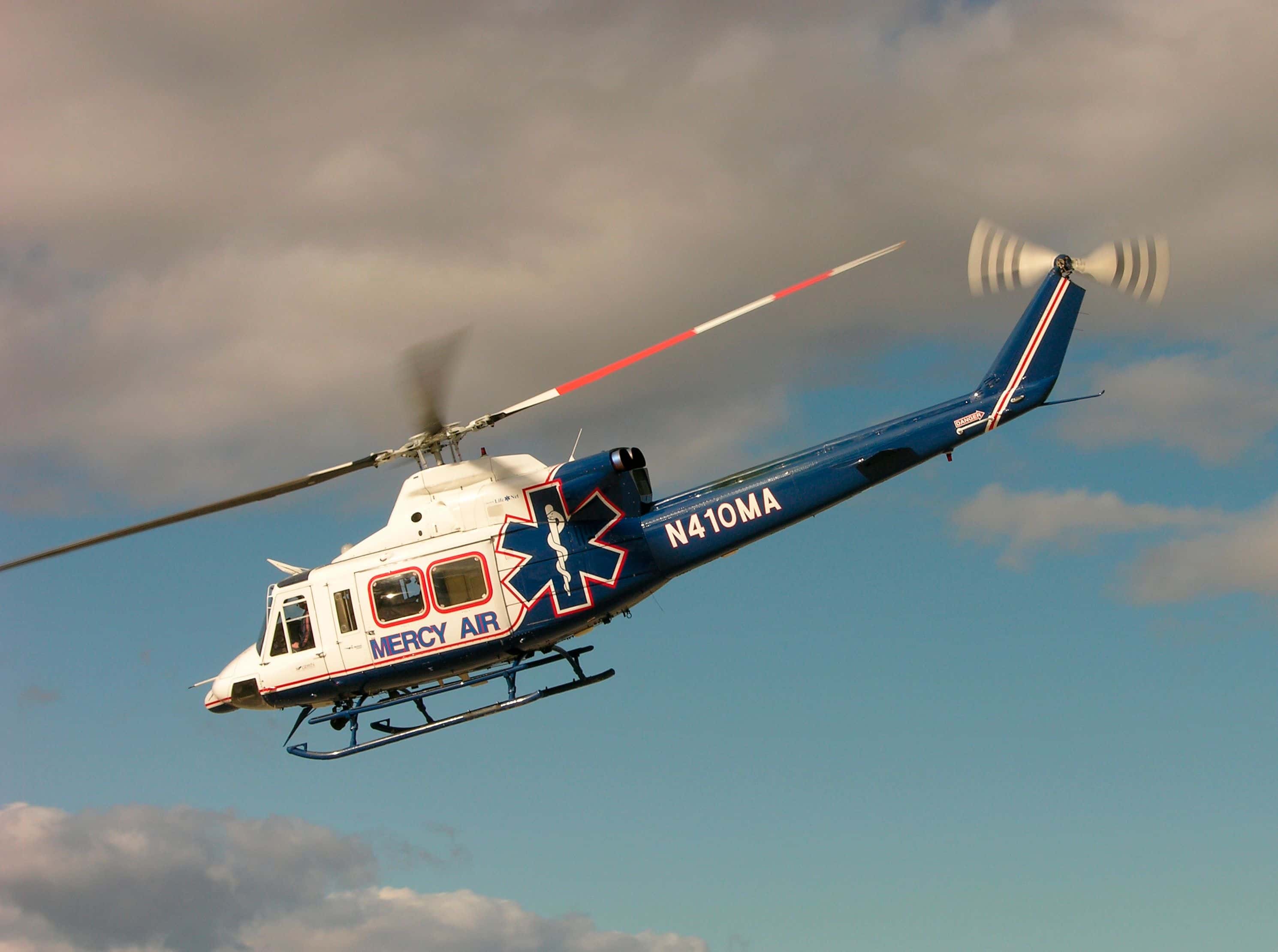Nurse Expert Witness Evaluates Standard of Care During Emergency Helicopter Transfer
Updated on
In this case, a nurse expert witness was called by the plaintiff to opine on whether proper procedures were followed during the transfer of a premature infant from one facility to another via helicopter. A baby girl was born 8 weeks prematurely and was admitted to the neonatal intensive care unit. Her respiratory distress syndrome and numerous other problems, she required treatment with oxygen enhanced mechanical ventilation and numerous other medications and procedures. Her respiratory requirements necessitated her transfer to a university medical center 200 miles away. She was taken by rotor wing aircraft, which encountered an onboard burning incident that required emergency landing. Transport was continued by ambulance until a second aircraft could arrive. She arrived at the university hospital in an extremely hypoxic and acidotic state. She remained hospitalized for more than one month.
The family asserted claims for negligence against the private helicopter company.
Question(s) For Expert Witness
1. What conditions exist during air and ambulance transport of a critical care infant?
2. Did these conditions cause the infant’s mental deficits?
Expert Witness Response
 The infant’s post-NICU medical status is reflective of neurological deficits that impact her activities of daily living and educational needs. The transport environment that existed from the time of departure from the birth hospital to the university hospital resulted in these deficits.
The infant’s post-NICU medical status is reflective of neurological deficits that impact her activities of daily living and educational needs. The transport environment that existed from the time of departure from the birth hospital to the university hospital resulted in these deficits.
 Although the infant required transfer related to her respiratory care requirements, she exhibited sufficient clinical stability for transport as evidenced by her vital signs, oxygen saturations and arterial blood gases immediately prior to her departure. Accordingly, she was adequately stabilized for air transport.
Although the infant required transfer related to her respiratory care requirements, she exhibited sufficient clinical stability for transport as evidenced by her vital signs, oxygen saturations and arterial blood gases immediately prior to her departure. Accordingly, she was adequately stabilized for air transport.
 The transport environment is dynamic and does not afford the clinical staff all of the technological resources and treatment capabilities available in a NICU. Therefore, it is imperative that transit times be kept to an absolute minimum.
The transport environment is dynamic and does not afford the clinical staff all of the technological resources and treatment capabilities available in a NICU. Therefore, it is imperative that transit times be kept to an absolute minimum.
 Due to the burning event and the resulting aborted flight, the infant did not receive a correct and timely transfer, which placed her at risk for neurological injury. Ground ambulance transfers are characterized by numerous dynamic events related to road and traffic conditions whereas air transfers are generally more stable.
Due to the burning event and the resulting aborted flight, the infant did not receive a correct and timely transfer, which placed her at risk for neurological injury. Ground ambulance transfers are characterized by numerous dynamic events related to road and traffic conditions whereas air transfers are generally more stable.
 Loading and unloading events are the most critical phases of neonatal transport as are frequent acceleration/deceleration occurrences. The infant endured two additional loading/unloading events due to the burning event of the helicopter and the need to travel by ground ambulance. Because of the degree of ventilator support required during transport, the ground ambulance needed to stop in route to secure additional oxygen to avoid depleting the onboard medical gas tanks. This would not have been necessary during flight and exposed the baby to further physiologic stress.
Loading and unloading events are the most critical phases of neonatal transport as are frequent acceleration/deceleration occurrences. The infant endured two additional loading/unloading events due to the burning event of the helicopter and the need to travel by ground ambulance. Because of the degree of ventilator support required during transport, the ground ambulance needed to stop in route to secure additional oxygen to avoid depleting the onboard medical gas tanks. This would not have been necessary during flight and exposed the baby to further physiologic stress.
 In summary, it is my opinion that the disruptions that occurred in the transport sequence as provided by the defendant altered and prolonged the transport, which impacted the infant’s overall medical care and clinical stability. The burning event in the initial rotor wing aircraft led to a prolonged transit time and profound deterioration in her clinical condition during the delayed transport and the inability to provide necessary treatment to achieve clinical stabilization. The change in these transport conditions as a result of the burning event in the initial rotor wing aircraft placed her at high risk for neurological injury.
In summary, it is my opinion that the disruptions that occurred in the transport sequence as provided by the defendant altered and prolonged the transport, which impacted the infant’s overall medical care and clinical stability. The burning event in the initial rotor wing aircraft led to a prolonged transit time and profound deterioration in her clinical condition during the delayed transport and the inability to provide necessary treatment to achieve clinical stabilization. The change in these transport conditions as a result of the burning event in the initial rotor wing aircraft placed her at high risk for neurological injury.
 The expert is a registered nurse and neonatal nurse practitioner who had considerable experience rendering care to infants with a wide variety of conditions.
The expert is a registered nurse and neonatal nurse practitioner who had considerable experience rendering care to infants with a wide variety of conditions.
About the author
Kristin Casler
Kristin Casler is a seasoned legal writer and journalist with an extensive background in litigation news coverage. For 17 years, she served as the editor for LexisNexis Mealey’s litigation news monitor, a role that positioned her at the forefront of reporting on pivotal legal developments. Her expertise includes covering cases related to the Supreme Court's expert admissibility ruling in Daubert v. Merrell Dow Pharmaceuticals Inc., a critical area in both civil and criminal litigation concerning the challenges of 'junk science' testimony.
Kristin's work primarily involves reporting on a diverse range of legal subjects, with particular emphasis on cases in asbestos litigation, insurance, personal injury, antitrust, mortgage lending, and testimony issues in conviction cases. Her contributions as a journalist have been instrumental in providing in-depth, informed analysis on the evolving landscape of these complex legal areas. Her ability to dissect and communicate intricate legal proceedings and rulings makes her a valuable resource in the legal journalism field.
Subscribe to our newsletter
Join our newsletter to stay up to date on legal news, insights and product updates from Expert Institute.
Sign up nowFind an expert witness near you
What State is your case in?
Subscribe to our newsletter
Join our newsletter to stay up to date on legal news, insights and product updates from Expert Institute.



